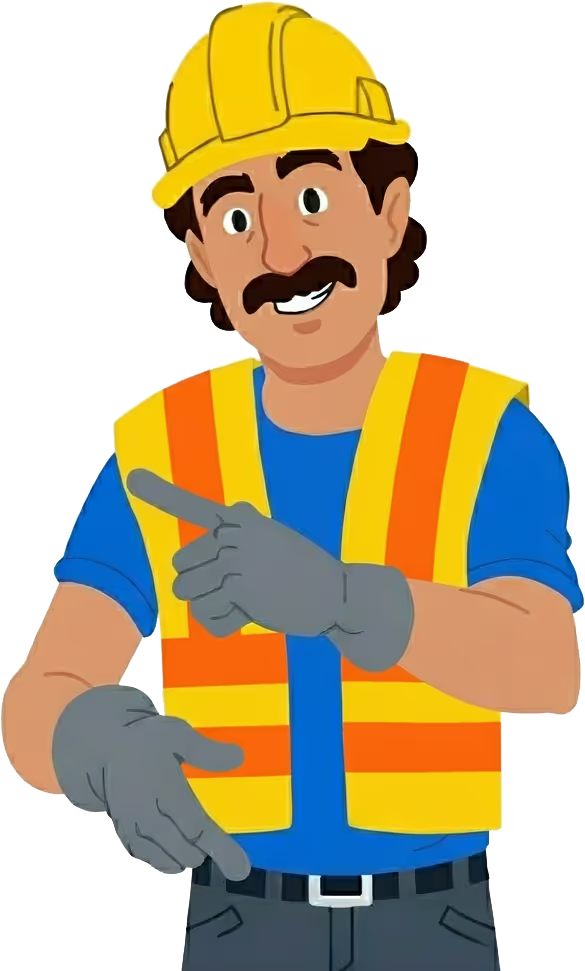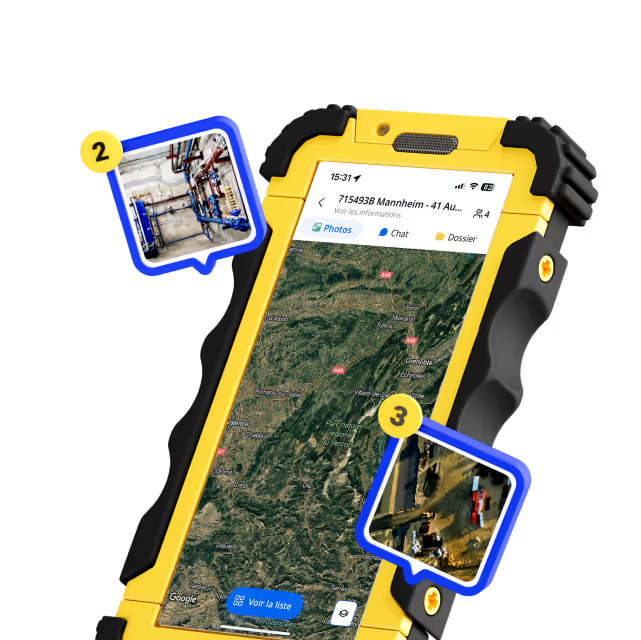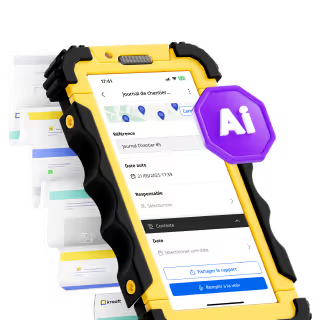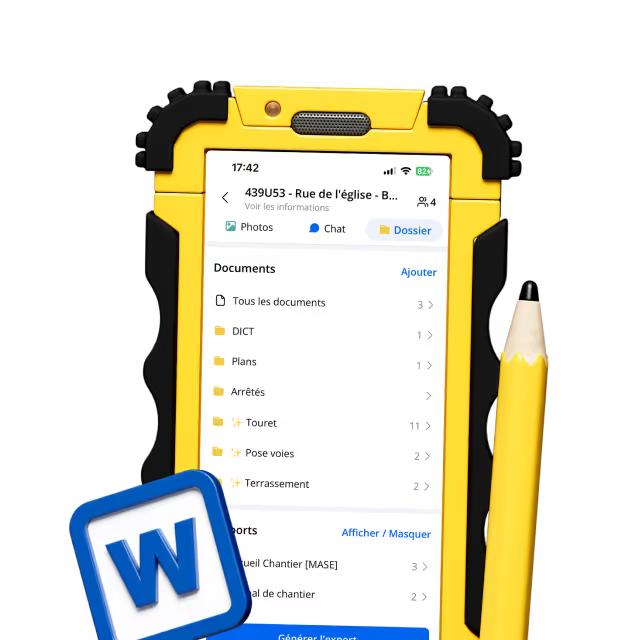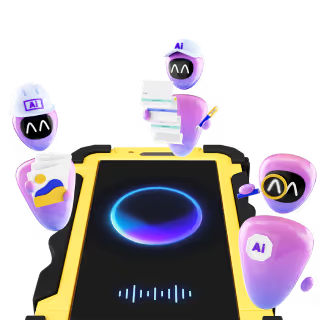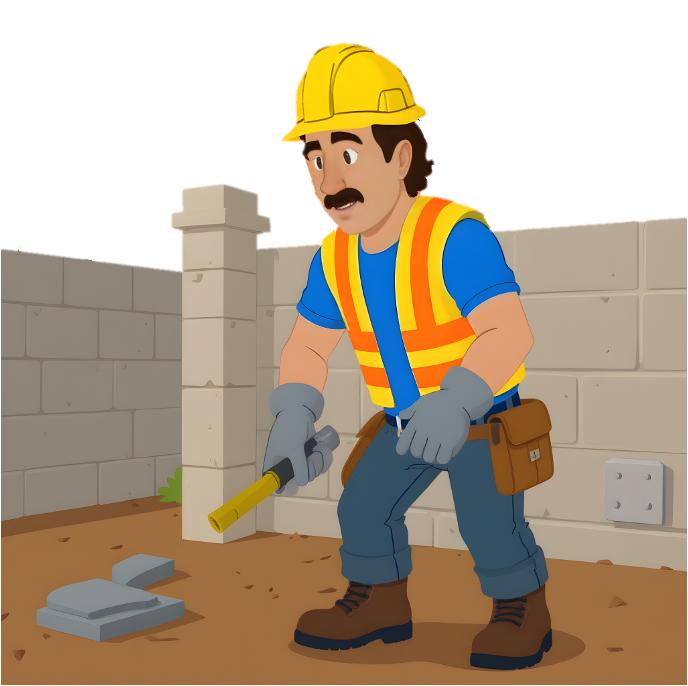Why Kraaft Focuses on Subcontractors, Not General Contractors

Construction software has historically been built top-down. Most tools are designed for general contractors, project managers, and office staff—then pushed down to the crews who actually perform the work. The result is predictable: complex platforms, heavy workflows, and field teams defaulting back to WhatsApp, phone calls, and handwritten notes.
But look at how work really happens on a job site:
Subcontractors run the day-to-day.
They coordinate crews, equipment, material deliveries, sequences, and trade handoffs.
They feel schedule pressure first.
They document the job as it happens in real time.
This is why Kraaft intentionally focuses on subcontractor construction software rather than building for GCs first.
The field should drive the workflow—not the other way around.
The Gap: GC Software Doesn’t Fit Field Reality
Most GC-first platforms are:
- Too complex for daily use by crews
- Desktop-oriented instead of mobile-first
- Dependent on forms, modules, and rigid data entry
- Expensive to license at a per-user level
- Slow to adopt because they require training and new habits
So field teams bypass them.
They go right back to group chats, photos, and verbal updates.
The GC gets data, but only after collecting spreadsheets, emails, and retyped notes.
Everyone wastes time. Everyone is frustrated.
This is one of the main reasons subcontractor teams look for alternatives to group chats and texting on job sites.
Subcontractors Need Tools That Work at Jobsite Speed
Subcontractors need software that supports how coordination actually happens:
- Quick messages
- Shared jobsite context
- Photos with location and task meaning
- Daily activity logs created naturally, not as extra work
That’s why Kraaft is designed like this:
Mobile-first
Used directly in the field — not after the day is over.
Photo & chat-based
Real progress is visual and conversational.
Offline-friendly
Works in basements, tunnels, and rural job sites.
No training required
Crews pick it up instantly, like messaging.
Tasks + reports from chat
Documentation happens as you work, not after.
Instead of making subcontractors work for the software, the software works the way subcontractors already communicate.
When Subcontractors Are Organized, the Entire Project Runs Better
Here’s the key insight:
GCs don’t need subcontractors to use GC software.
They need subcontractors to be documented, aligned, and clear.
When subs use Kraaft:
- Daily updates are complete and timestamped
- Photos are geotagged and stored properly
- Delays and blockers are visible immediately
- Schedules stay tight
- Trade conflicts resolve faster
GCs benefit automatically, without forcing a new system on every crew.
This is why some of the largest general contractors in Europe and North America now encourage or require subs to use Kraaft—even if the GC uses Procore, Buildertrend, or another central platform.
The workflow becomes:
Field → Kraaft → GC platform (if needed)
Not the other way around.
Why We’ll Keep Building for Subs First
Subcontractors are the heartbeat of the jobsite.
They deserve tools designed for the speed, pressure, and reality of field execution.
Kraaft will always:
- Design features from the field upward
- Keep workflows simple enough to use while wearing gloves
- Focus on clarity, proof, and coordination—not bureaucracy
Because when subcontractors move smoothly, the entire project moves smoothly.
And for subcontractors evaluating larger platforms, this breakdown of Procore alternatives explains where field-first tools fit in.
See How It Works
Explore how subcontractors are streamlining daily jobsite coordination with Kraaft:


